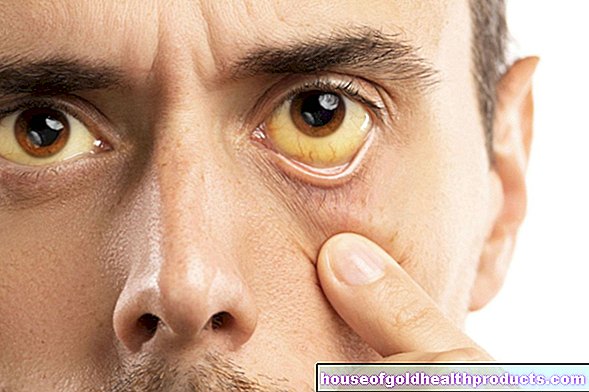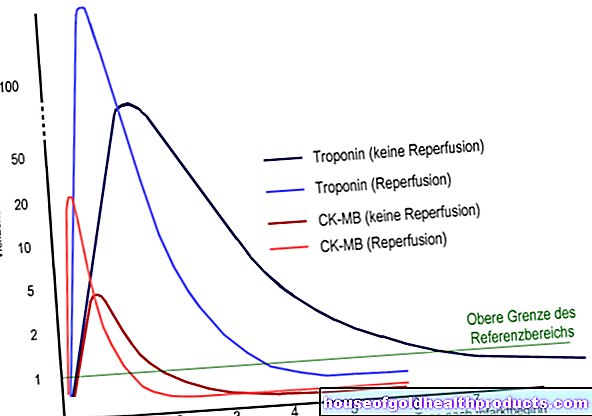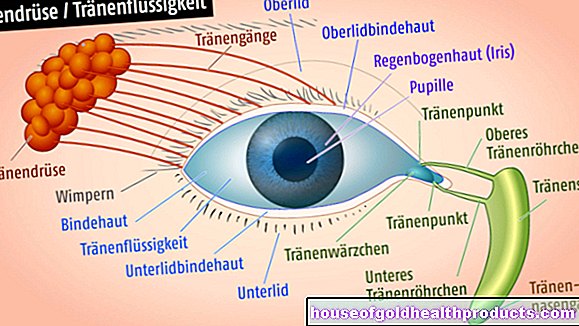Researchers warn of animal diseases in humans
Lisa Weidner studied German and sociology and completed several journalistic internships. She is a volunteer at Hubert Burda Media Verlag and writes for the "Meine Familie und Ich" magazine and on nutrition and health topics.
More about the experts All content is checked by medical journalists.
The new coronavirus is most likely due to animals. Researchers are now warning that there could be more and more such pandemics in the future. The reason for this? We humans and the massive exploitation of our environment.
Diseases that originally occurred in animals could spread to humans more and more often in the future - similar to what has happened with great probability with the new coronavirus. The UN Environment Program (UNEP) and the International Livestock Research Institute (ILRI) warned against this in a report published on Monday.
"If we continue to exploit the wildlife and destroy our ecosystems, we can expect a steady stream of these diseases, which are transmitted from animals to humans, in the coming years," warned UNEP chief Inger Andersen. The report shows that increasing demand for meat, increasing urbanization and climate change, among other things, are contributing to this.
Many diseases originate from wildlife
The corona disease Covid-19 is therefore just one example of the increase in zoonoses - i.e. diseases that spread from animals to humans. The Sars-CoV-2 coronavirus was probably transmitted to humans from bats via another animal. Ebola and Mers also spread from animals to humans. Creeping cats are suspected of having transmitted the Sars virus to humans in 2003.
"While many in the world have been surprised by Covid-19, we who research animal diseases were not," said Delia Randolph, a veterinary epidemiologist at ILRI. "This was a highly predictable pandemic." Since the 1930s there has been a "clear trend" of an increasing number of human diseases - and around 75 percent of them come from wild animals. Domesticated animals such as cattle are often the intermediaries, according to the report.
Growing animal husbandry and exploitation
According to the report, several human factors are responsible for the increase. On the one hand, it is due to the increasing global demand for animal proteins and the growing animal economy. As a result, there are more and more genetically more similar animals that are more susceptible to infections. The increasing exploitation of wildlife through hunting, trading and consumption of wild animals also played a role, it said.
Humans and animals get closer
Another reason is therefore the population growth and rapid urbanization. Cities are growing, forests are being cut down - as a result, people come more and more into contact with nature and animals. In some areas, human activity "would tear down the natural buffers that once protected humans from these pathogens," said Doreen Robinson, director of wildlife at UNEP.
Randolph cited Ebola as an example: outbreaks of the dangerous disease could not spread widely in the past because fewer people lived in an area and they were much less mobile. But that is different today. The Ebola outbreak in eastern Congo was able to persist for almost two years, partly because of the population density in the region.
Ideal climate for pathogens
Climate change is also fueling the increase in diseases. Warmer temperatures can create ideal conditions for pathogens and carriers, as the report explains. Climatic changes could affect where bats and monkeys, some of which cause pathogens, and mosquitoes - which often transmit pathogens - live.
These problems would have to be addressed in order to reduce the risk of increasing diseases such as Covid-19, the researchers warned. Simply fighting the epidemics would not be sustainable. It would be like treating a sick person "only for the symptoms, not the underlying causes," said Randolph. (lw / dpa)
Tags: pregnancy birth therapies desire to have children


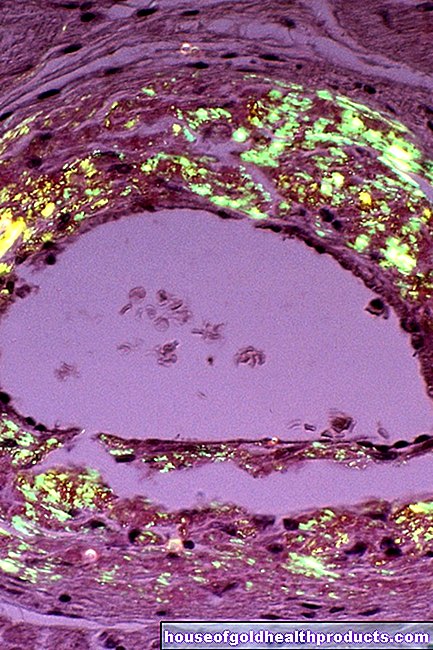
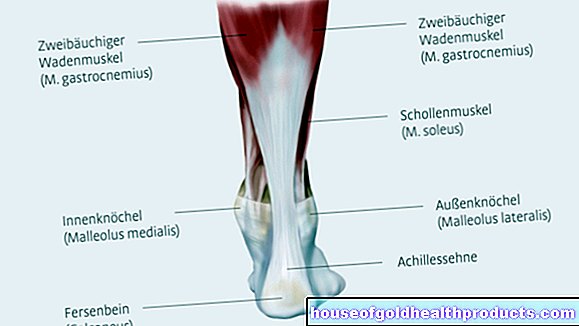
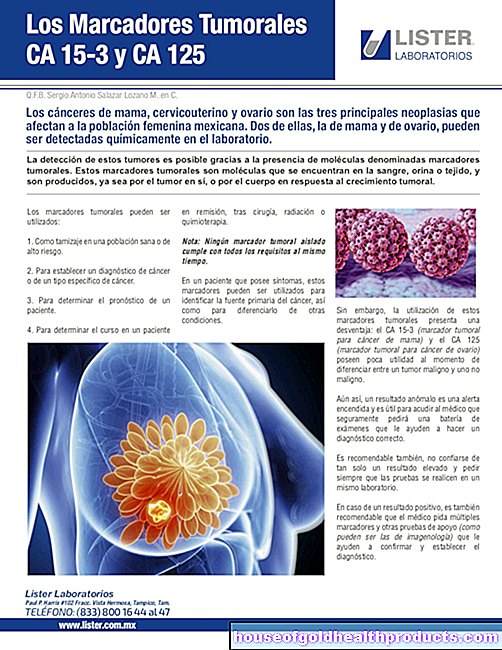



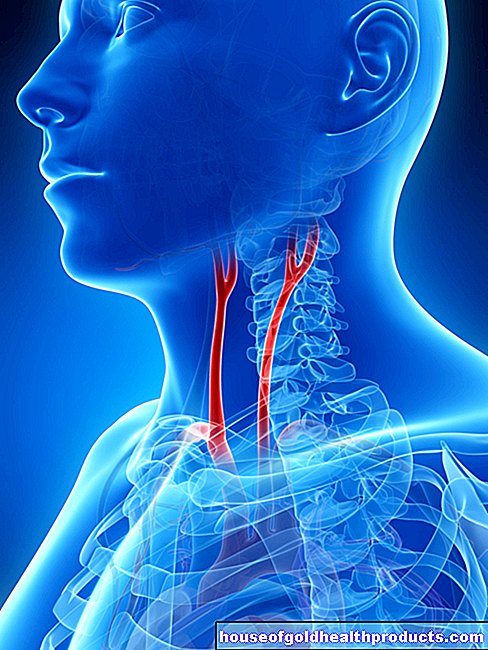




-warten-auf-den-piks-der-freiheit.jpg)

